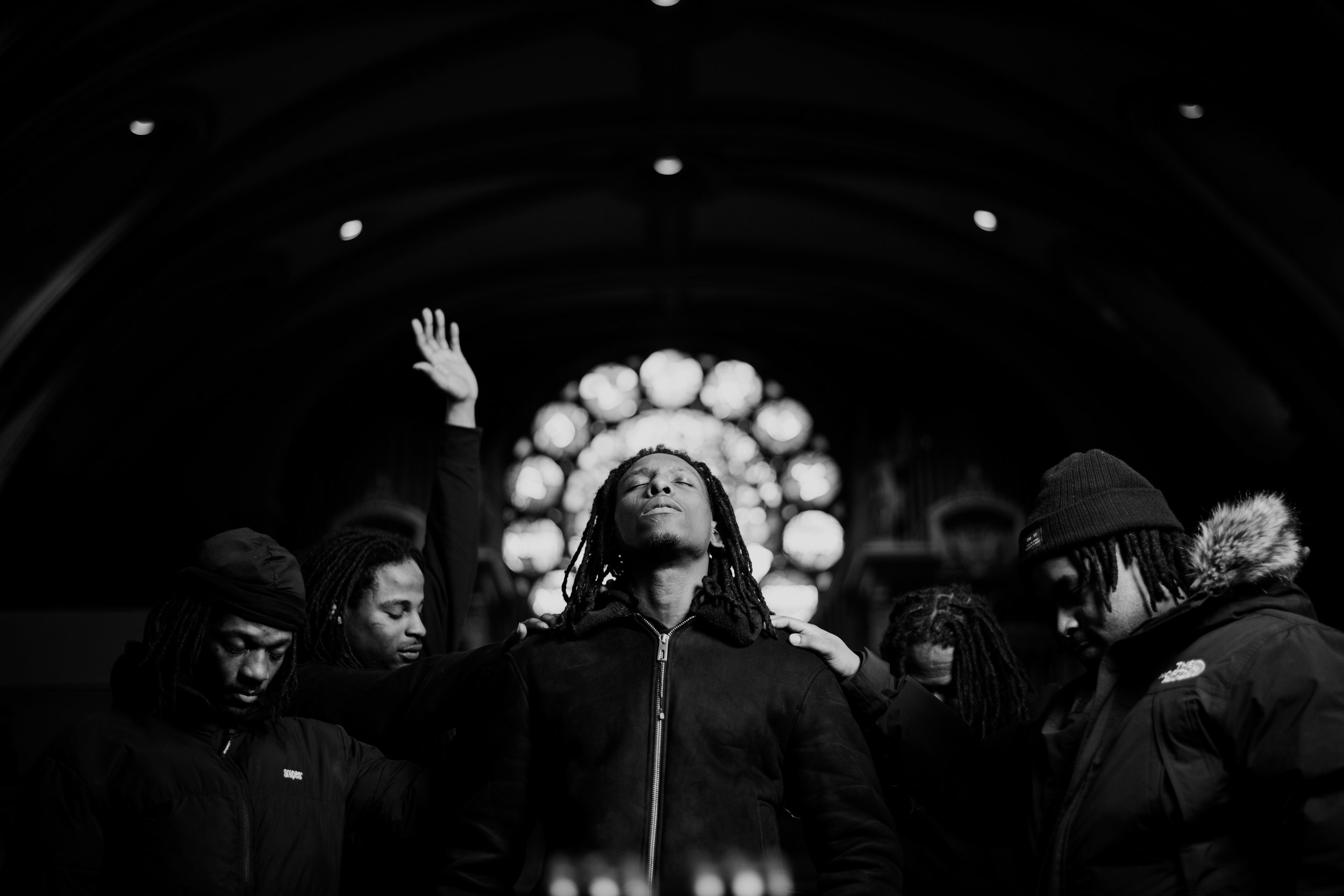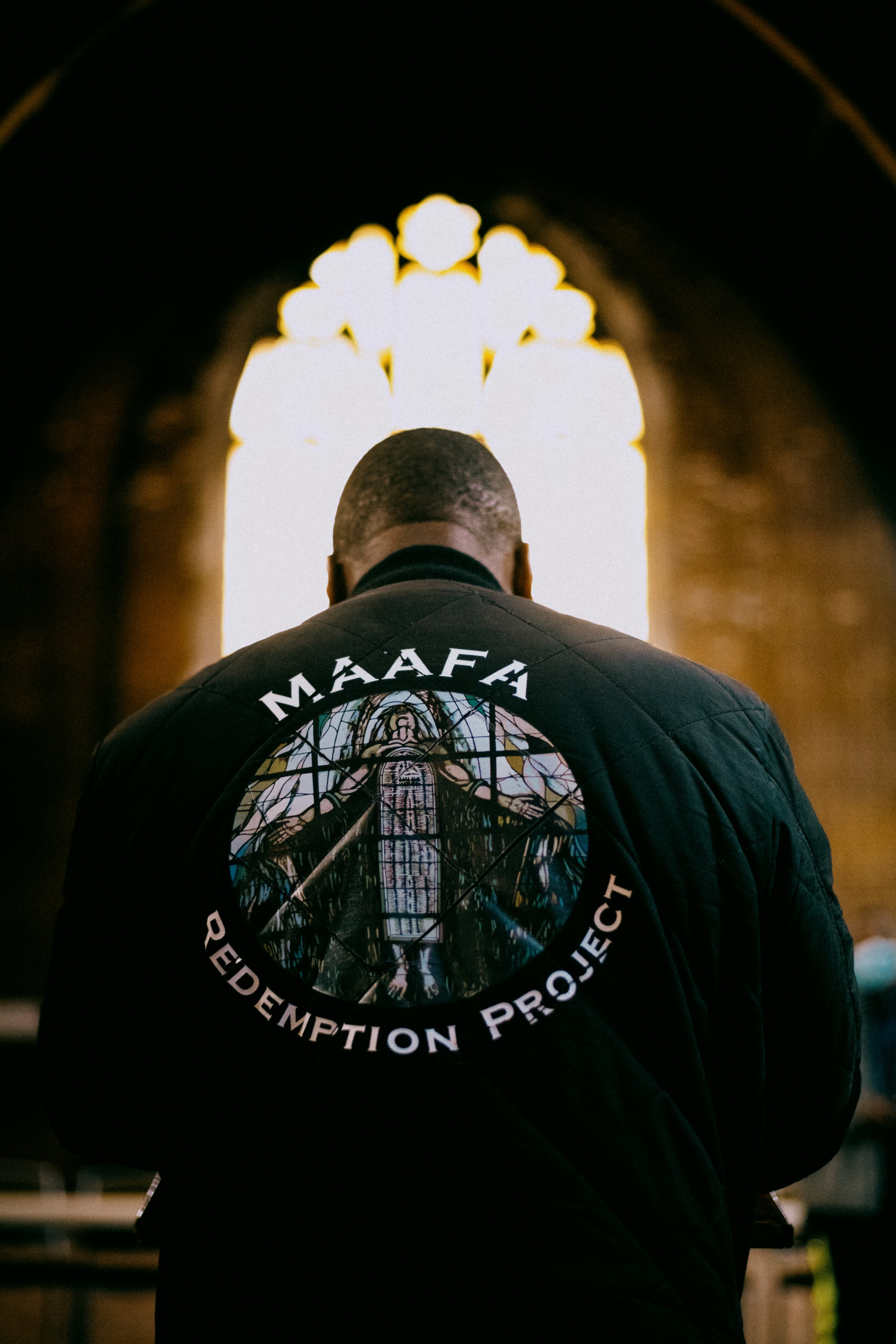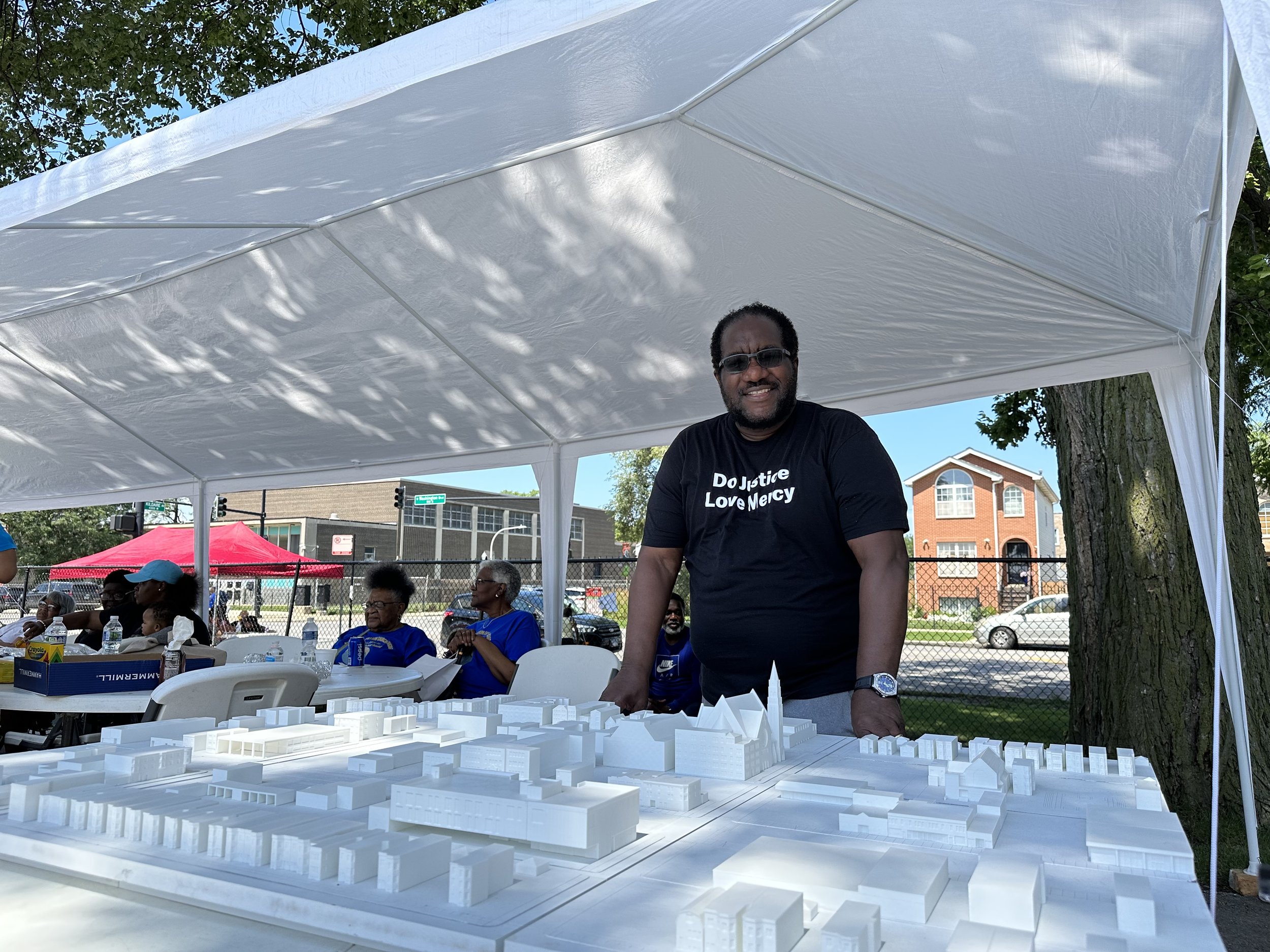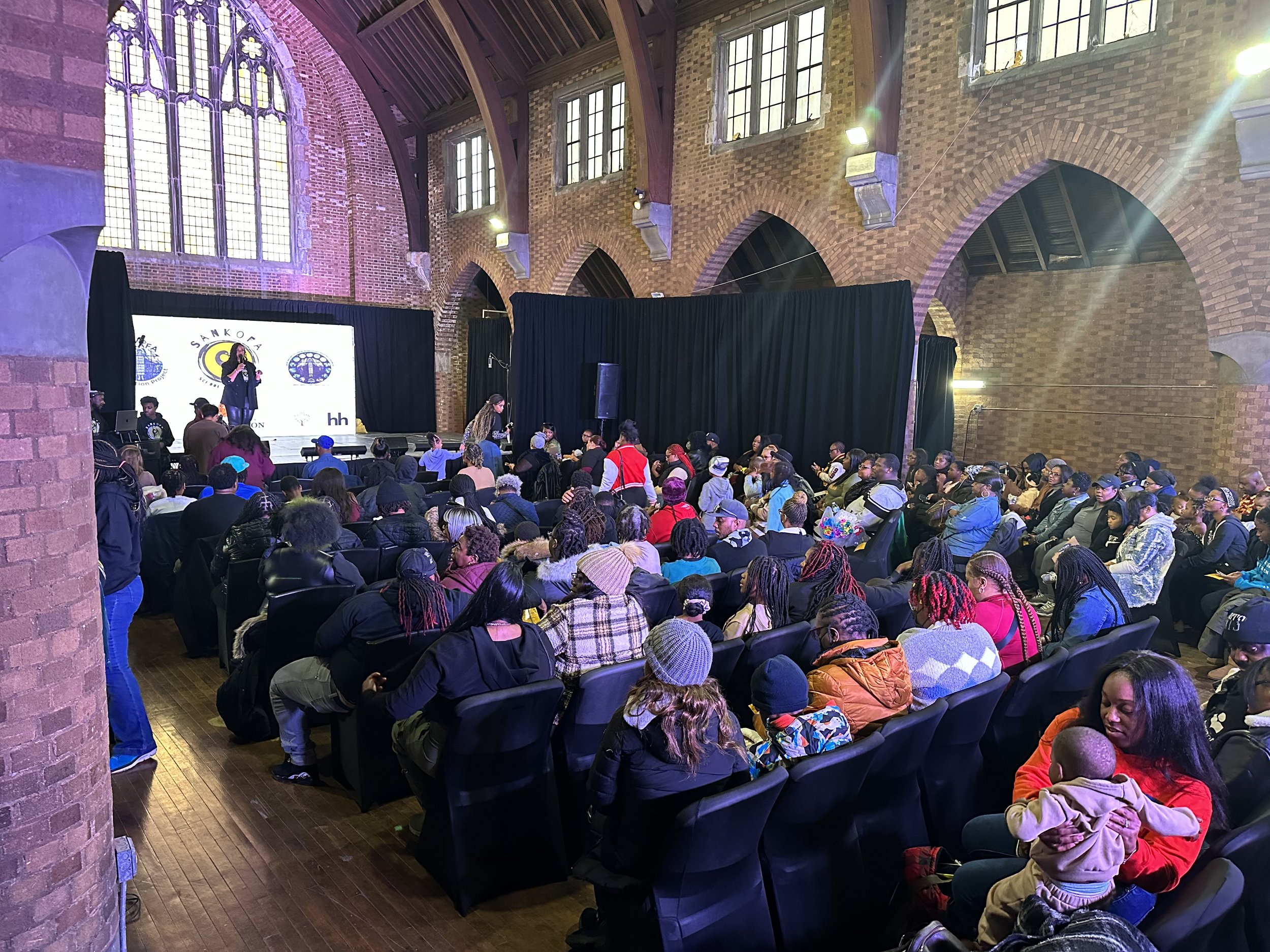OUR PROGRAM
This work is an honoring of our ancestors and our process of returning to the source.
OUR COMMUNITY
Our connection to ourselves and God is facilitated through our connection to one another.
EVENTS AND NEWS
MAAFA is growing and gaining strength every day. Learn more about what's happening, and what's next.
MAC CENTER
Our home is being remodeled, thanks to the Chicago Prize!
CONTACT US
We want to be connected to each person in our neighborhood and community.
OUR MISSION AND MOTTO
"We are the men of the MAAFA Redemption Project. We recognize that we cannot redeem our families and communities until we first redeem ourselves. Therefore, our mission is to invest in the mind, body and spirit so that we may repair and rebuild our city, one life at a time."
We believe in the promise and genius of young Black & Brown men in Chicago, and we exist to educate and empower them to lead us to better days.
The Sankofa Village Wellness Center
Witness the groundbreaking of The Sankofa Village Wellness Center, scheduled to open in 2025
The MAAFA Center for Arts & Activism
Witness the groundbreaking of The MAAFA Center for Arts & Activism, aka The MAC, scheduled to open in 2026
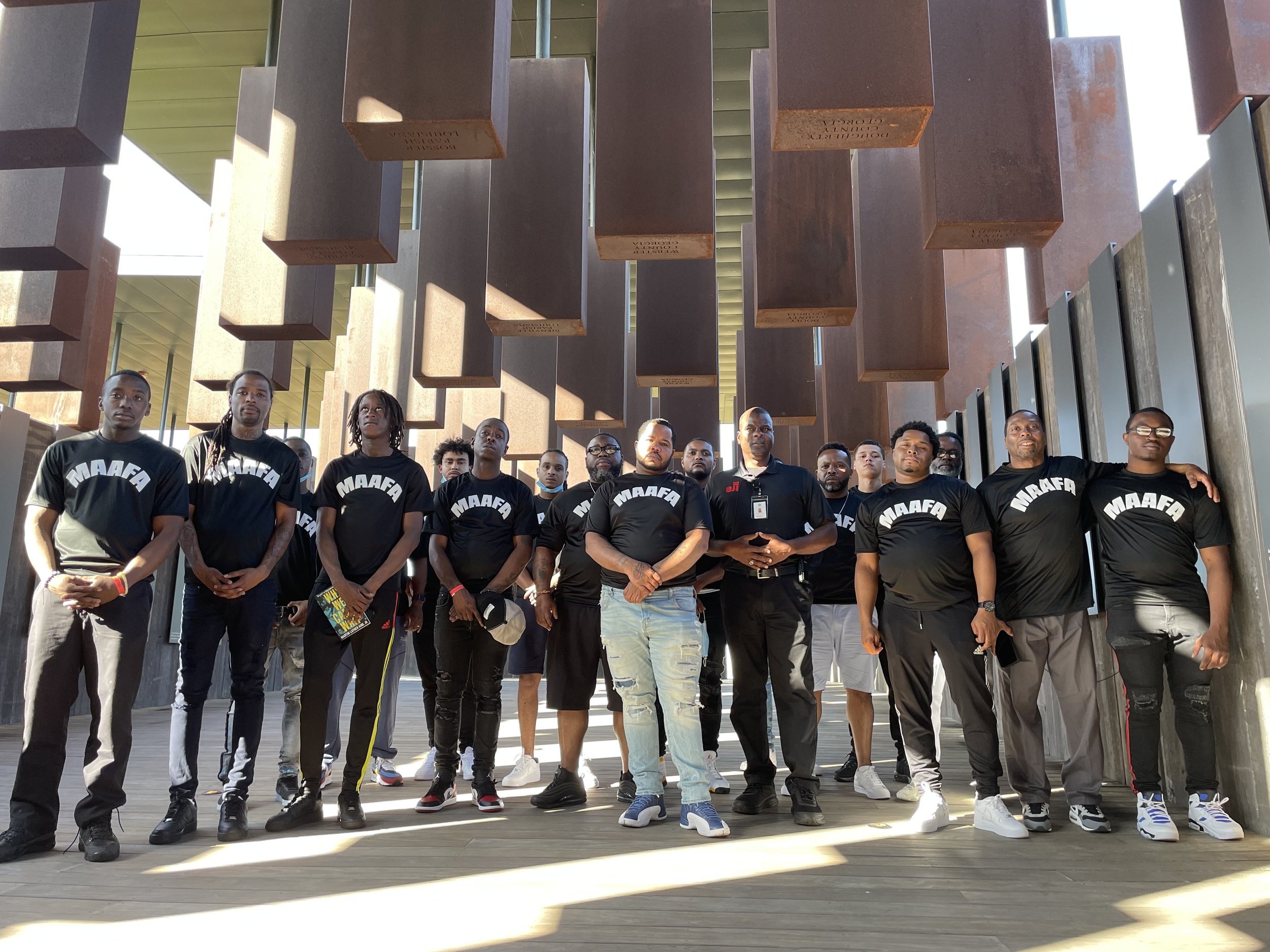
WHAT DOES MAAFA MEAN?
“MAAFA (mah-AH-fah) is a Swahili word meaning "great disaster" or "great tragedy". Since the late 1980s, it has been used to refer to the transatlantic slave trade of the sixteenth through nineteenth centuries, during which an estimated 12.5 million African men, women, and children were kidnapped from their homes and forcibly brought to the Americas to work plantations without pay (by and large), building the wealth of their white enslavers. Some scholars prefer the term "African Holocaust" or "Black Holocaust" to describe this historic atrocity.” (Art & Theology, Victoria Emily Jones)
“The Maafa Remembrance Window plays with the themes of descent and ascent. As Emmanuel, Jesus was below deck, in the miserable belly of the thousands of slave ships that traversed the Atlantic, suffering with those chained inside.” (Victoria Emily Jones) Christ’s arms are draped with chains, but he’s rising. And at some point, those chains will break. That’s the hopefulness that shines through.
The MAAFA Remembrance stained-glass window at New Mount Pilgrim Missionary Baptist Church is the largest iconic display of the Middle Passage in the world. The central image depicts a chained Black Christ whose body contains the well-known “Brooks” broadside; a graphic of ‘tight-packed’ enslaved Africans in a slave ship. Though chained, the body's head is tilted upward; rising toward redemption.
The MAAFA Redemption Project is a faith-based residential institute for emerging adult men of color located in West Garfield Park. We offer dormitory-style residential support, workforce training, character/spiritual-development, and a host of wrap-around social services. With our unique direct-service and community-building approach, MAAFA aims to drive the community’s redevelopment plan.
This Program Is Creating a Safe & Healing Space for Chicago Teens | Localish
The MAAFA Redemption Project is a faith-based program working to make a difference in West Garfield Park. MAAFA recruits emerging adult men to invest in them with housing, employment, educational opportunities! The project creates a plethora of opportunities for young men who are looking for a second chance.









